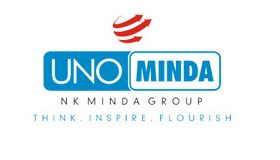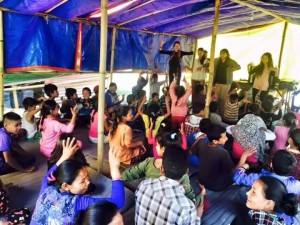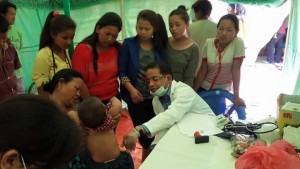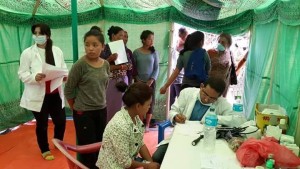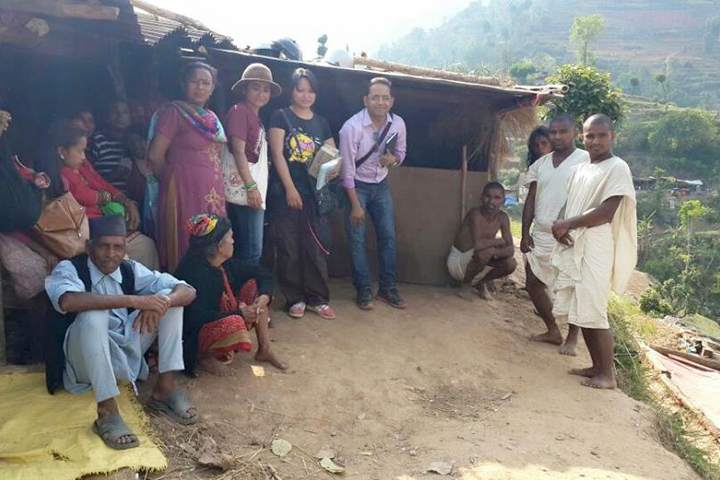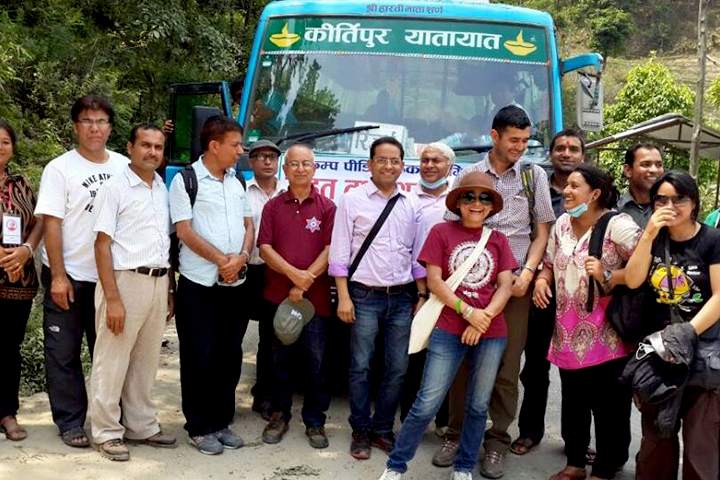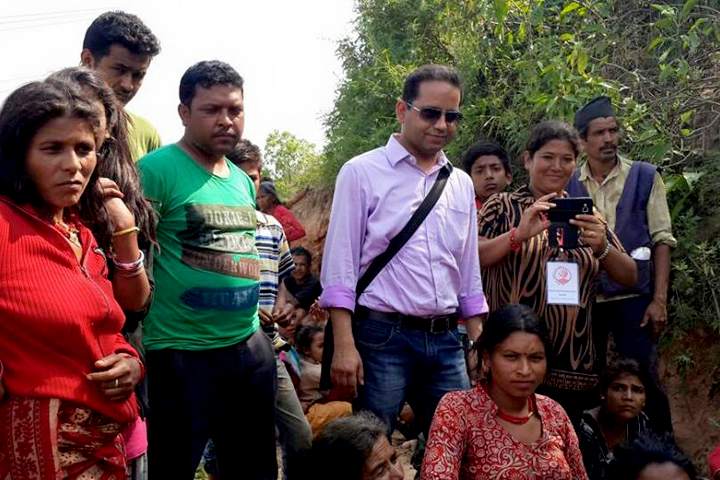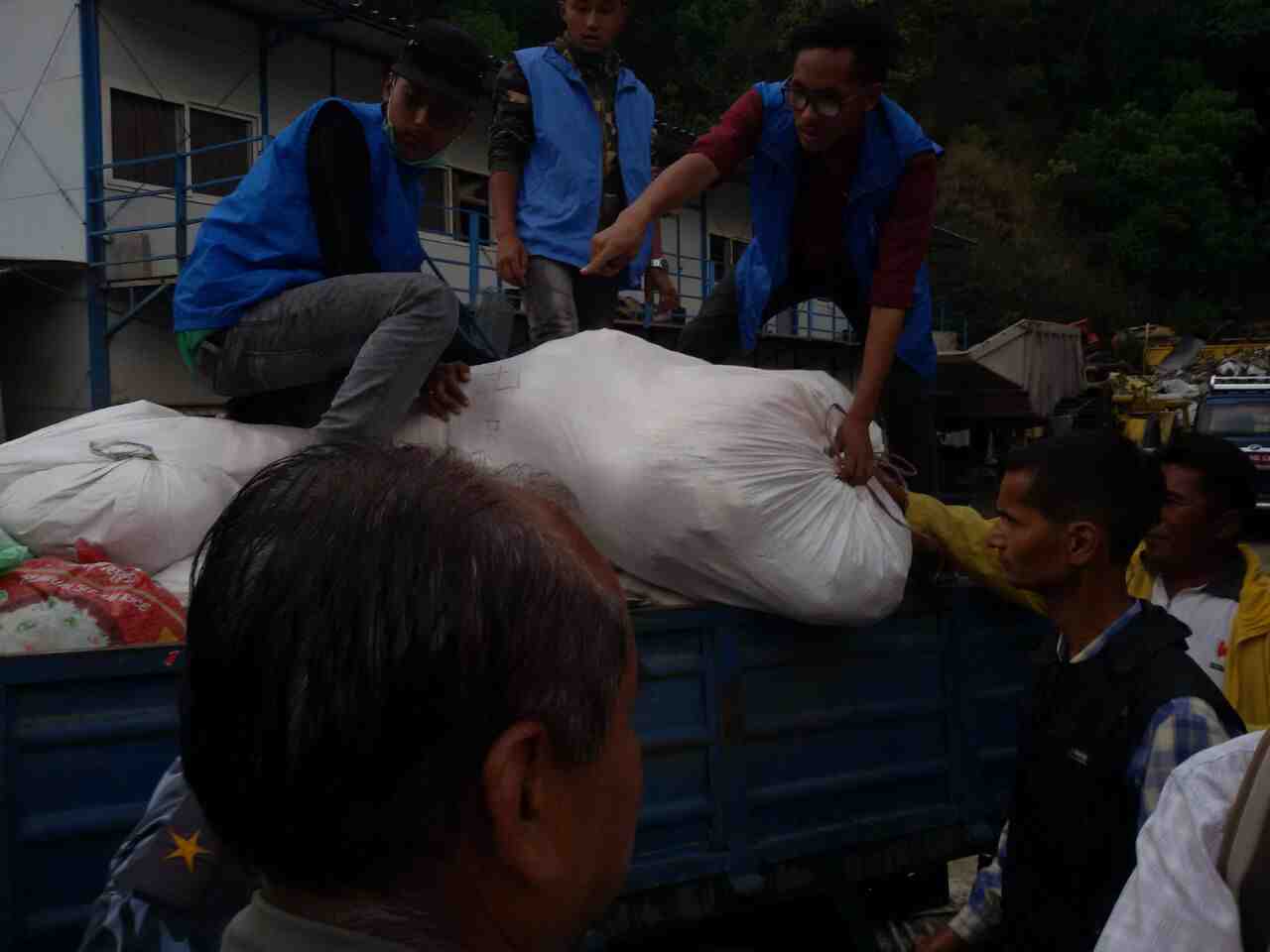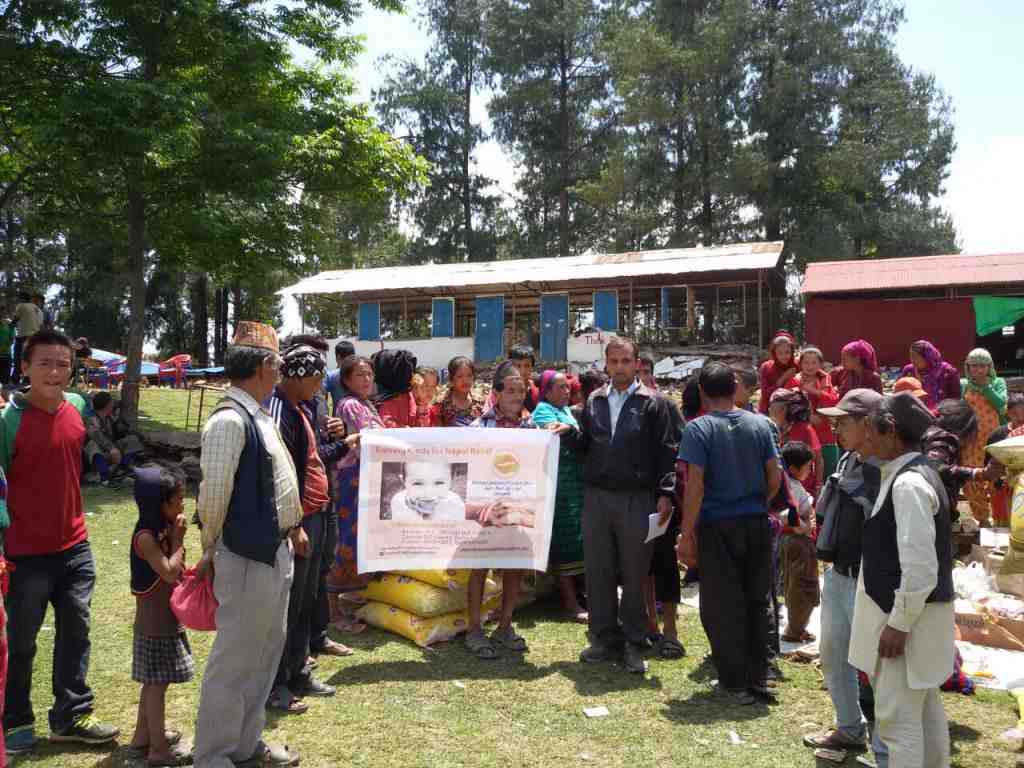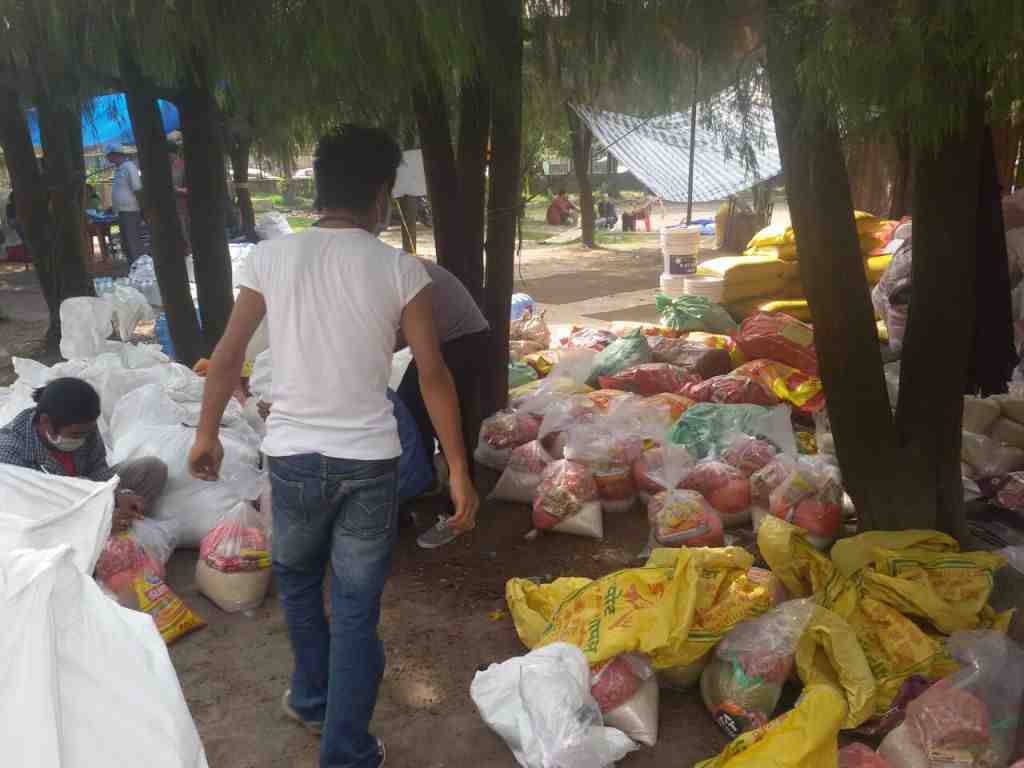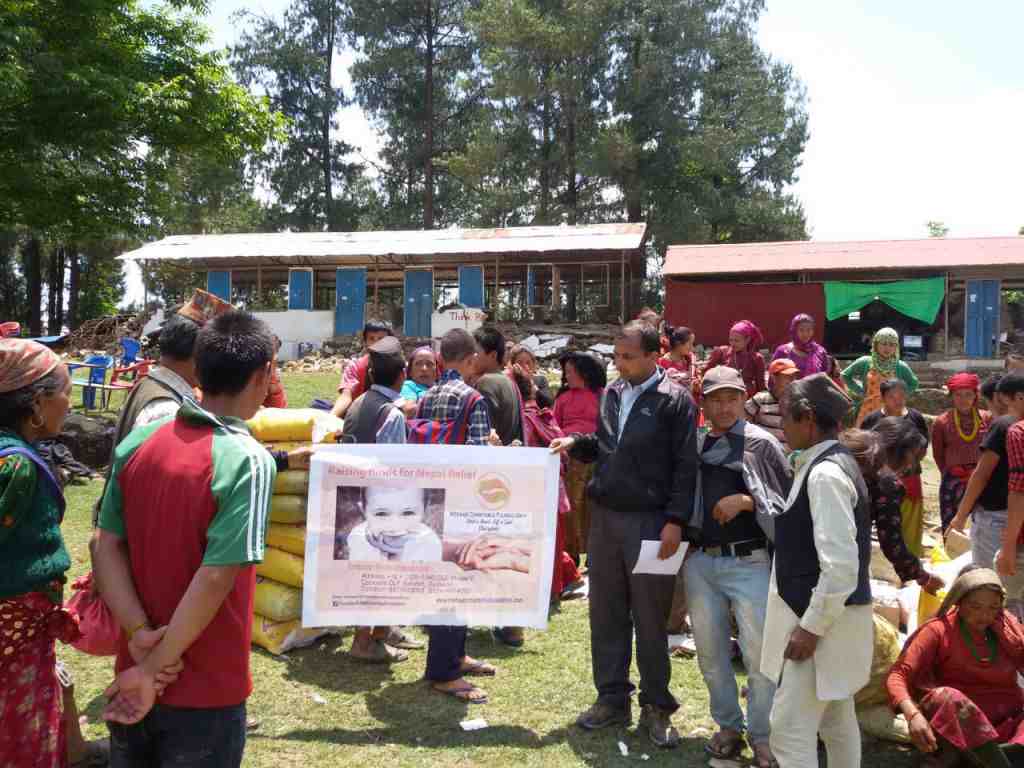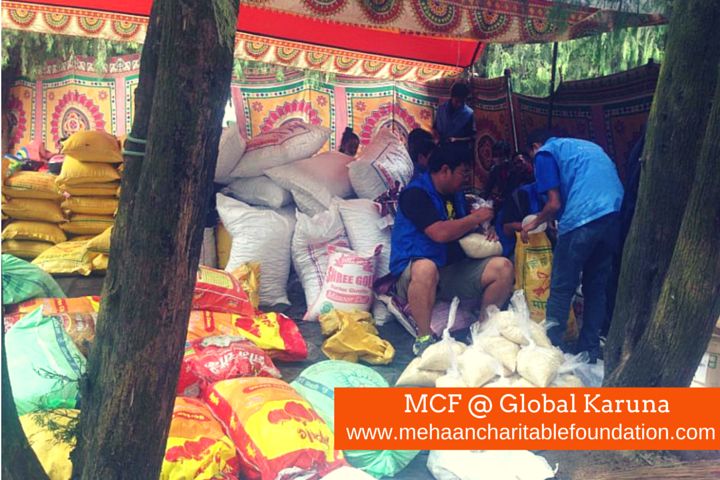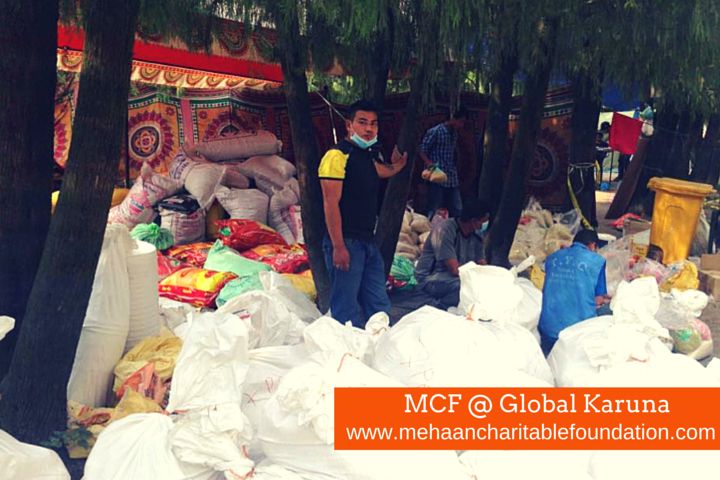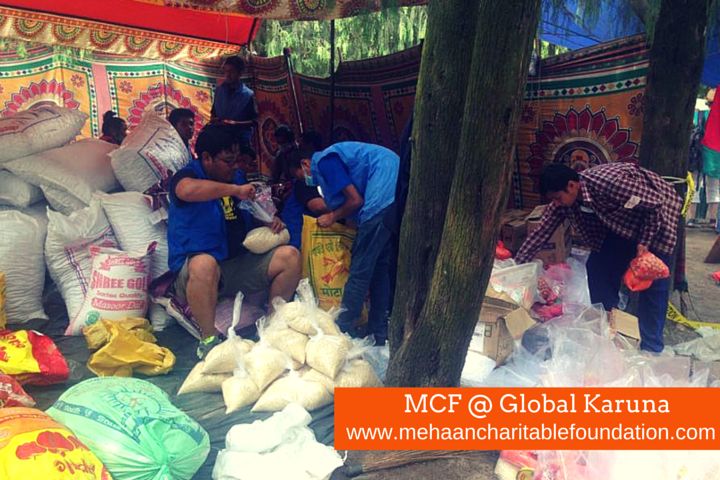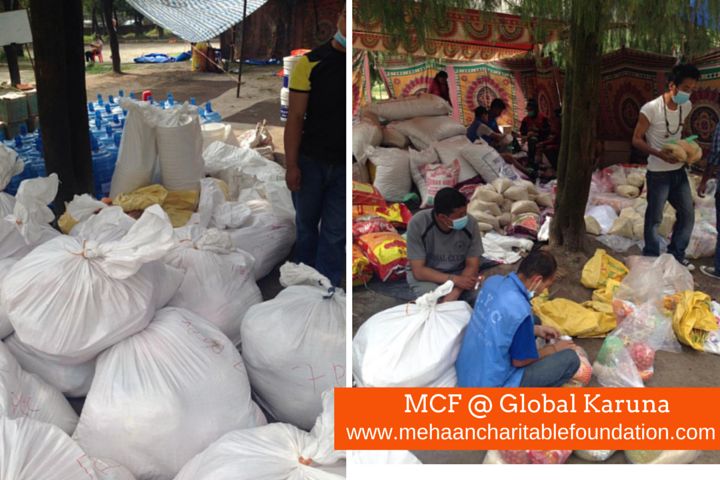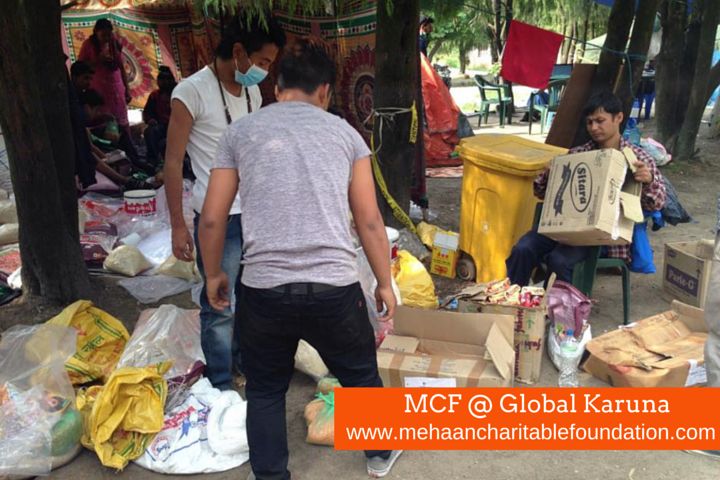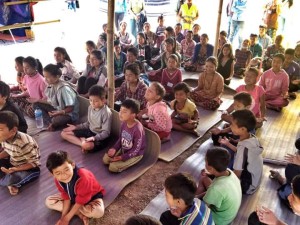
Relief Work at Karnali on 20th May
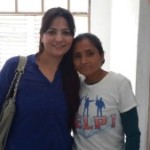
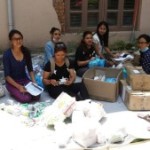
Supporting residential program for doctors visiting remote areas in Karnali with Actionworks organization.
Challenges During the NEPAL RELIEF WORK
Eight million men and women were affected, 1.4 million are in need of immediate aid, 8,000 are currently injured. It’s the worst quake to strike the region in 80 years.
Though help is pouring from all over the world, but the main challenges of relief and rehabilitation remains and are highlighted as below:
Some survivors are still needed to be found
The ongoing effort to locate victims and non-availability of immediate medical aid. Blunt head traumas and broken bones are very common after a disaster like an earthquake, so getting in medical equipment and health care workers is critical.
Hospitals are overloaded
The United Nations reports damage to hospitals in Ramechhap, Nuwakot, and Sindhupalchowk. Even in Kathmandu, where main hospitals are still standing, facilities are over-capacity. Many of the injured are being treated on the streets, and getting basic medical supplies and health care workers to every location is critical.
Lack of Transportation and Accessibility
With the destruction, this situation is even more dire and getting supplies and transporting them within the country is a major challenge.
Delayed Vaccination Initiatives
After disasters, planned vaccination campaigns are often delayed or cancelled — like for measles — because it’s no longer the top priority in a region. However, this leaves a given population exposed to outbreak. Especially if there is an outbreak of Measles, there is no curative treatment for it and most vulnerable target of it can be small children which can be at higher risk.
People are remaining in the open
According to the BBC, 90 percent of structures in areas like the district of Gorkha have been levelled. “Many people are sleeping in the open, both out of fear from aftershocks and because of lack of shelter, so there are health risks from being exposed to the elements, especially as the weather turns more inclement.
Clean water and hygiene is the major concern
When people can no longer easily get their hands on basic necessities, areas become hotbeds for epidemics to take hold. The incidence of cholera and water borne diseases are common phenomena. When the health infrastructures are damaged and destroyed, the spread of communicable diseases are also much more likely.
Public health teams are working to provide families with life-saving interventions like oral rehydration salts and material to disinfect the water supply and one of the most critical interventions is getting soap to people so they can wash their hands. Soap is arguably one of the most important and life-saving interventions in preventing many illnesses.
Together, these challenges can be suitably dealt with, as many doctors and NGOs are shifting their focus on providing support to the survivors.
Mehaan Charitable Foundation On-Field Survey Team and lead team of doctors are also trying their best to provide and extend support for the same.
Distribution at Thakani VDC Ward No.- 578, Sindupalchowk.
Please do come forward for your support, it is not a thing to ignore and do understand it is not easy to stay and survive without food and shelter. We are mainly looking forward to provide basic shelter and food to the survivors which won’t be possible without your support.
We are glad to share that on 11th May, 2015 , we are organizing our first relief distribution camp at Sindhupal Chowk in collaboration with Global Karuna organization in Nepal.
You can view the relief work of our associated NGO Global Karuna in Nepal.
Updates regarding the relief distribution camp which is being organized today will be shared soon among all of you.
Don’t forget to provide your support and share it among your friends and families.
Sharing few pictures of the base camp, sorting of the material by volunteers.
The situation in Nepal is going to be worse with onset of monsoon season. Devastated crops, broken buildings and danger of landslides during the monsoon is going to make things more serious and challenging for the survivors. Think of the children and the families who are hungry and homeless.
Help and support Nepal Relief and Rehabilitation Work, join our team of volunteers, raise funds, show support and share the information, Let’s reach out to the most by getting support from the most!!
Our Alliances
